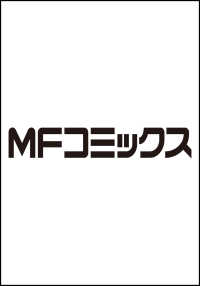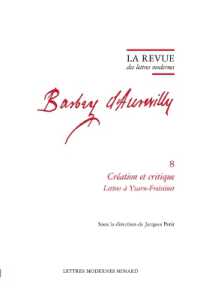Full Description
Historical background, step-by-step instruction, materials, permanence. Lucid, careful exposition of all aspects of authentic technique. 85 illustrations.
Contents
Preface
I Uses and Limitations of the Tempera
Tempera painting a strict discipline
Tendencies in modern painting
The media of the future
The limitations of tempera painting
Normal scale
Factors in naturalistic painting
A critical approach
II Carriers and Grounds
Properties of wood
Effects of humidity
Selection and conditioning of woods
Casein glue for joining
Precautions against warping
Plywoods
Wood pulp boards
Paper
Metals
Canvas
Walls
Preparation of panels
Materials
The standard size solution
Sizing the panel
Applying moldings and ornaments
The second sizing
The intelaggio
Puttying
The simplest gesso
The secret of success
Application of the gesso
An alternative method
Scraping the gesso
How to test the scraping
Stoning down a flat
Qualities of good gesso
Pastiglia
Gessoing frames
Cennino's gesso
Parchment size
Gesso grosso
Gesso sottile
Mixing the thin gesso
The perfection of the method
III Methods of Drawing
Designing for tempera
Preliminary studies
Form drawing
Tinted papers
Drawing instruments
Brush drawing
Modeling up the lights
Transferring the cartoon
Drawing on the panel
Importance of the monochrome rendering
Incising the outlines
IV Applications of Metals
Metals in the design
Bole for gilding
Mixing and applying the bole
How much to put on
Polishing the bole
Gliding with glair
Tools for gilding
The gilder's cushion
The knife
The gilder's tip
Substitutes
Qualities of gold leaf
Handling the leaf
The use of the knife and cushion
Cutting the leaf
The use of the tip
Laying the gold
The order of gilding
Faulting
Burnishing
Varieties of burnisher
Stamping and graining
Punch cutting
Graining pastiglia
Patterns in color and gold
"Combination Gold and Silver Leafing"
V Pigments and Brushes
Function of pigments
Natural and artificial colors
The colored earths
Individual pigment characters
Experimentation
Palettes for tempera
Whites
Blacks
Yellows
Reds
Browns
Blues
Greens
Transparent pigments
Shell gold
The choice of a palette
Grinding the colors
Storing the ground colors for use
Dishes for mixing
The choice of brushes
Sables
Bristles
Care of brushes
VI Painting
Mixing the tempera
Preservatives
Tempering the colors
Reserves of color
Liquidity of the mixture
Handling the color
Basic principles of tempera painting
Control of form
The function of the monochrome drawing
The order of painting
A hypothetical case
Mixing values
Applying the tones
Glazing over the scumble
Tempera vs. gouache and water color
Painting drapery and other objects
Development of the forms
Systematic value mixing essential
Variations of color systems
Treatment of surface effects
Painting flesh
Painting hair
Variations of method
Final embellishments
Water mordants
Oil mordants
Applying the mordant
Gilding
VII Varnishing and Framing
Permanence of tempera painting
Importance of varnishing
Cleaning the surface
Precautions against dust and damp
Choice and care of the varnish brush
Applying the varnish
Flatting the surface
Function of a frame
Matte gilding
Water matte
Oil matte
Skewing down
Frame edges
Antiquing
Other frame materials
VIII Artificial Emulsion Painting
Unlimited possibilities
A basic formula
Casein emulsions
Underpainting for oil
Preparation of wall surfaces
Appendix
"Tempera Practice in the Yale Art School," by Professor Lewis E. York"








